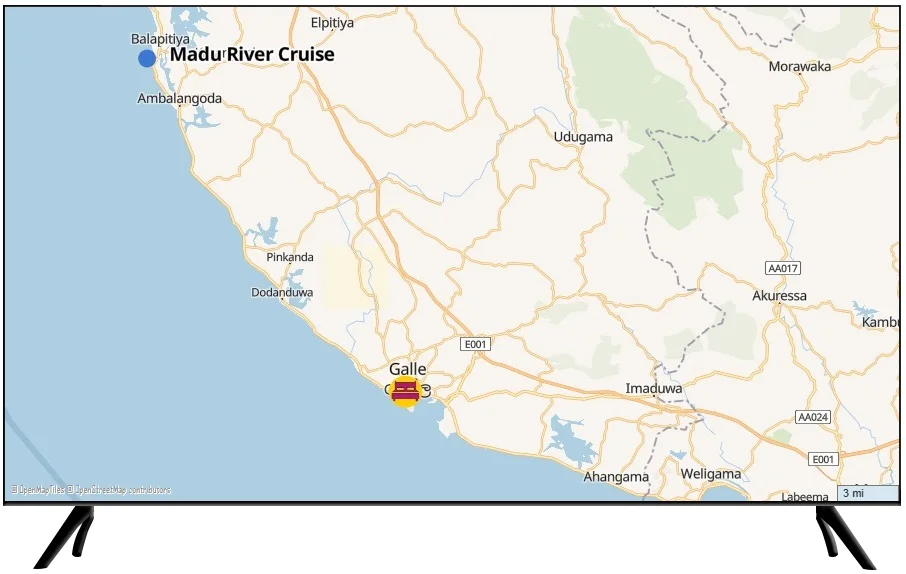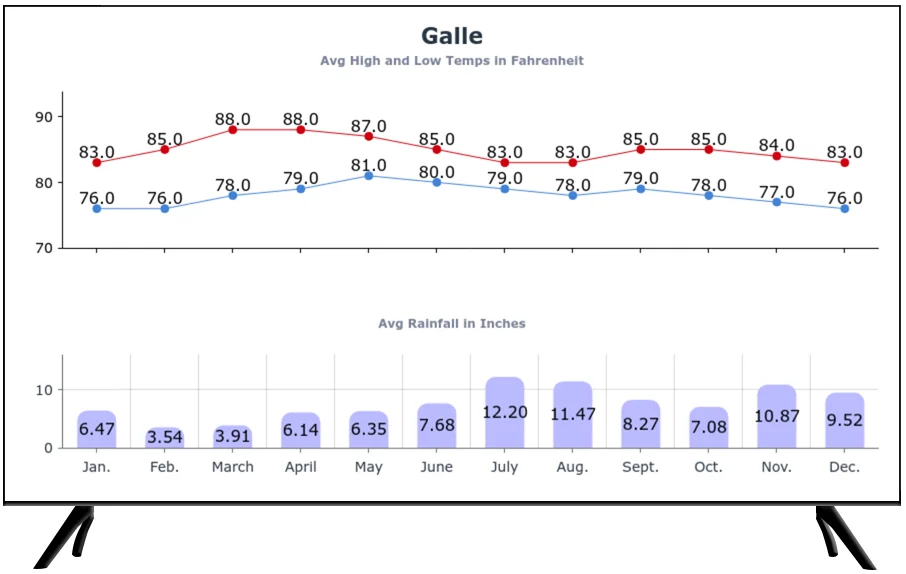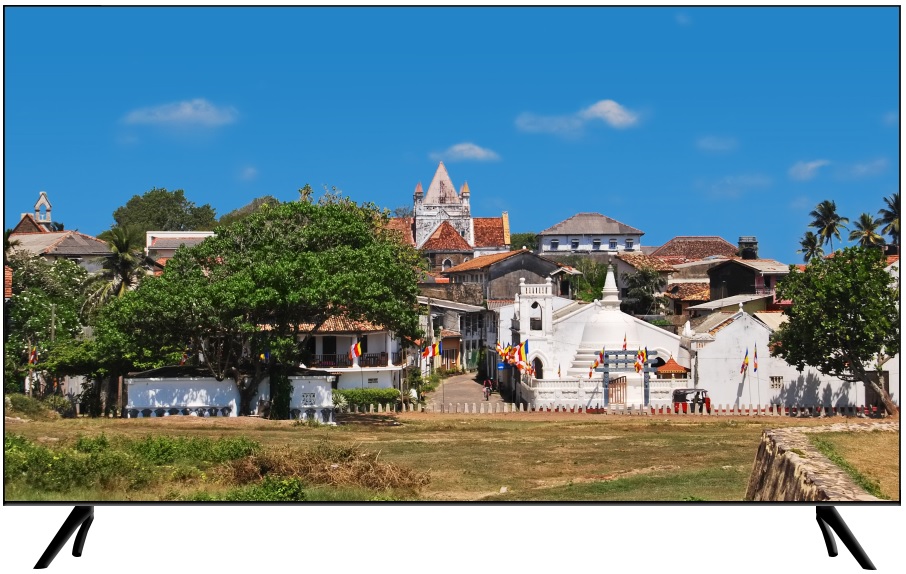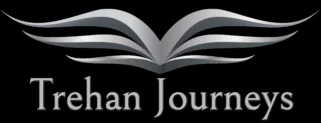


Day 9. Galle
Overnight – Amangalle
Maduganga River Cruise. This morning you will head to the nearby town of Balapitiya and your embarkation jetty for a river cruise on the Madu River. The estuary of the Maduganga River is a complex coastal ecosystem of mangroves and islands and one of the last remaining tracts of pristine mangrove forests in Sri Lanka. Your cruise will allow you to experience this unique ecosystem, and you will go by scores of exotic birds, animals, and reptiles.
A typical moment may have monkeys frolicking on the trees on the riverbanks, and cormorants, egrets and kingfishers prancingly eyeing the water for prey, while a water monitor lizard glides slowly by your boat. There are around 64 islands and lagoons in the river. These range from a tiny speck housing a deserted shrine, to an island with 250 families that is connected to the mainland with a very long footbridge.
Turtle Hatchery. A recommended stop later this morning is at a Turtle Hatchery where the operating non-profit is focused on saving the lives of sea turtles whose parents lay eggs on the beach. Most of the sea turtle breeds on this planet are represented on this part of Sri Lanka’s coast and the hatchery retrieves their eggs (and pays the locals for them) before the eggs are poached for other purposes. You will see turtles of many types, from large, fully grown specimens to tiny, just born creatures in a tank. If you are fortunate, you may actually see a hatching where a large number of turtles make their way out of the sand that their eggs were buried in.
Galle Historic Walk. Experience a slow walk through the historic UNESCO World Heritage citadel of Galle. The walk itself is not that long and the duration depends on how long you choose to stop at attractions There is evidence that cardamom was being shipped from here as early as the 14th Century BCE, and it is said that King Solomon acquired ivory, peacocks, and other treasures from here.
Portuguese, Dutch and More. What you will experience starts with the Portuguese arrival in the 15th Century CE, followed by the Dutch takeover about a century later. Besides the views from the massive fort walls, significant attractions include the National Maritime Museum, the historic St Mary’s Cathedral, and a large temple dedicated to Lord Shiv. There are delightful cafes, restaurants, bars and general stores in historic colonial buildings, and it is easy to be transported to colonial times as you explore the charming town and its unique architecture and ambiance.
Maduganga River Cruise. This morning you will head to the nearby town of Balapitiya and your embarkation jetty for a river cruise on the Madu River. The estuary of the Maduganga River is a complex coastal ecosystem of mangroves and islands and one of the last remaining tracts of pristine mangrove forests in Sri Lanka. Your cruise will allow you to experience this unique ecosystem, and you will go by scores of exotic birds, animals, and reptiles.
A typical moment may have monkeys frolicking on the trees on the riverbanks, and cormorants, egrets and kingfishers prancingly eyeing the water for prey, while a water monitor lizard glides slowly by your boat. There are around 64 islands and lagoons in the river. These range from a tiny speck housing a deserted shrine, to an island with 250 families that is connected to the mainland with a very long footbridge.
Turtle Hatchery. A recommended stop later this morning is at a Turtle Hatchery where the operating non-profit is focused on saving the lives of sea turtles whose parents lay eggs on the beach. Most of the sea turtle breeds on this planet are represented on this part of Sri Lanka’s coast and the hatchery retrieves their eggs (and pays the locals for them) before the eggs are poached for other purposes. You will see turtles of many types, from large, fully grown specimens to tiny, just born creatures in a tank. If you are fortunate, you may actually see a hatching where a large number of turtles make their way out of the sand that their eggs were buried in.
Galle Historic Walk. Experience a slow walk through the historic UNESCO World Heritage citadel of Galle. The walk itself is not that long and the duration depends on how long you choose to stop at attractions There is evidence that cardamom was being shipped from here as early as the 14th Century BCE, and it is said that King Solomon acquired ivory, peacocks, and other treasures from here.
Portuguese, Dutch and More. What you will experience starts with the Portuguese arrival in the 15th Century CE, followed by the Dutch takeover about a century later. Besides the views from the massive fort walls, significant attractions include the National Maritime Museum, the historic St Mary’s Cathedral, and a large temple dedicated to Lord Shiv. There are delightful cafes, restaurants, bars and general stores in historic colonial buildings, and it is easy to be transported to colonial times as you explore the charming town and its unique architecture and ambiance.

